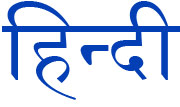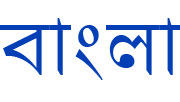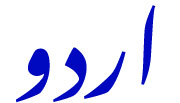Note:
French is an Indo-European language of the Romance family whose speakers are called Francophones.
The origins of the French language date back to the introduction of Latin by the Romans to the Celtic-speaking inhabitants of Gaul.
[BL]
French is known as the language of Molière, spoken in
France. French was a popular language of the European nobility and is the language in most of France's former colonies and in the French Overseas Territories.
French is the official or co-official language in Belgium, Benin, Burkina Faso, Burundi, Cameroon, Canada, Central African Republic, Chad, Comoros, both Congos, Côte d'Ivoire, Djibouti, France, Gabon, Guinea, Haiti, Luxembourg, Madagascar, Mali, Mauritania (de facto), Mauritius (de facto), Monaco, Morocco (de facto), Niger, Rwanda, Senegal, Seychelles, Switzerland and Togo.

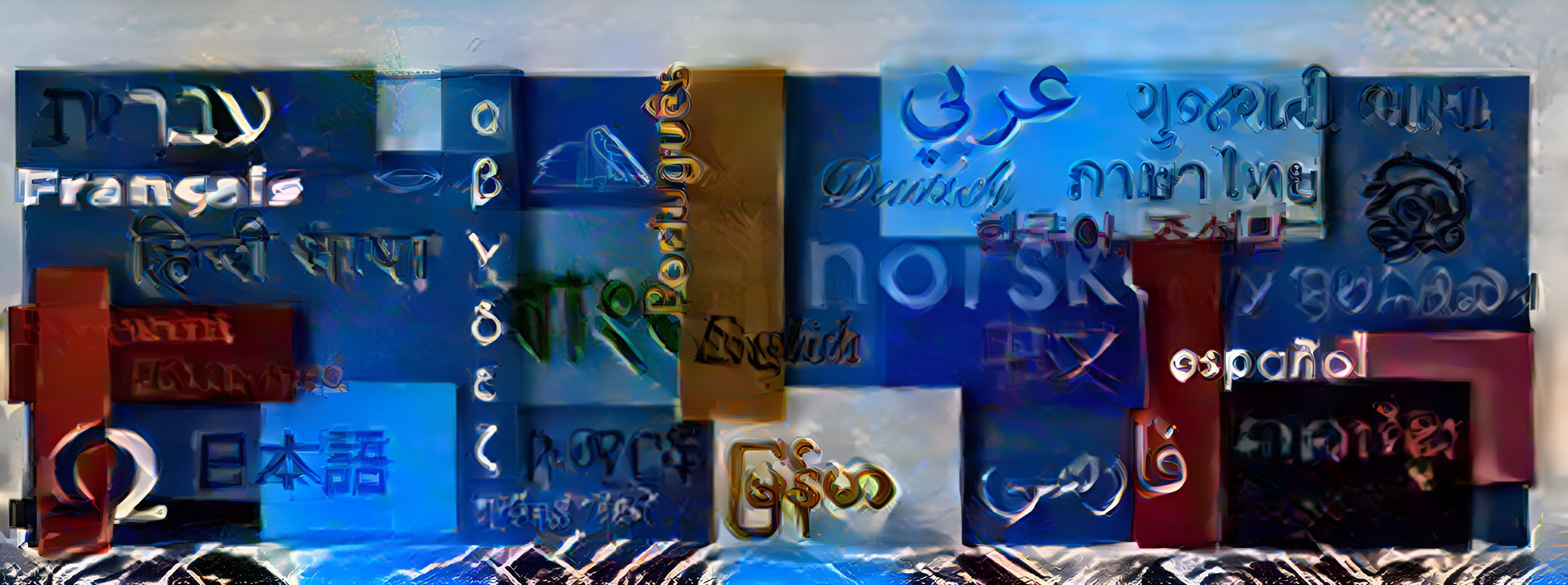
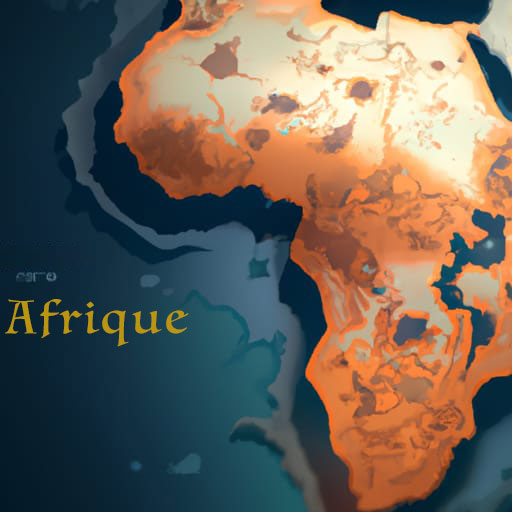 The African continent and its islands.
The African continent and its islands.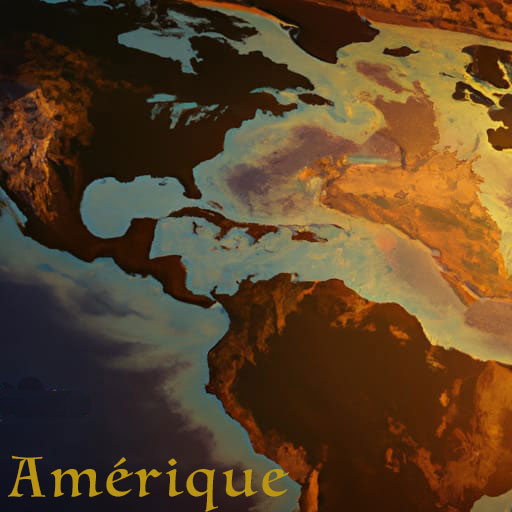 The Americas are North America (which includes Central America and the Caribbean islands) and South America.
The Americas are North America (which includes Central America and the Caribbean islands) and South America.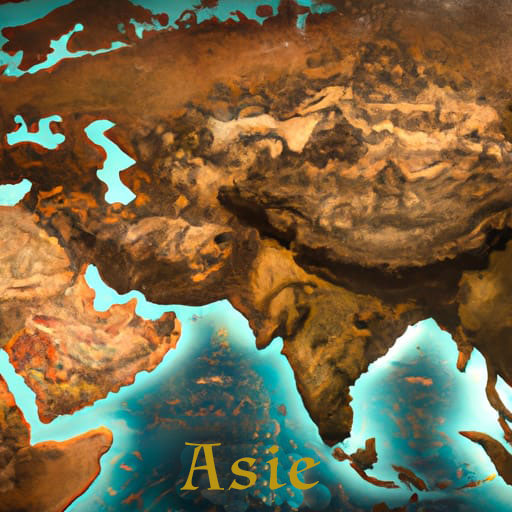 Asia comprises the countries of the Asian part of Russia, the Middle East, Central Asia, South Asia, Maritime Southeast Asia and East Asia.
Asia comprises the countries of the Asian part of Russia, the Middle East, Central Asia, South Asia, Maritime Southeast Asia and East Asia.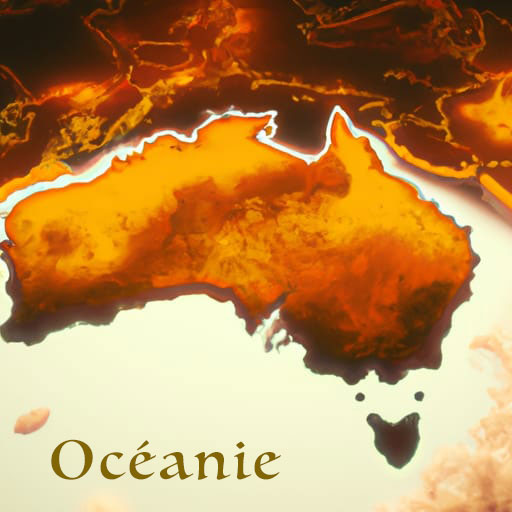 The Australia/Oceania/Pacific region comprises Australia and New Zealand and the islands of Melanesia, Micronesia and Polynesia.
The Australia/Oceania/Pacific region comprises Australia and New Zealand and the islands of Melanesia, Micronesia and Polynesia.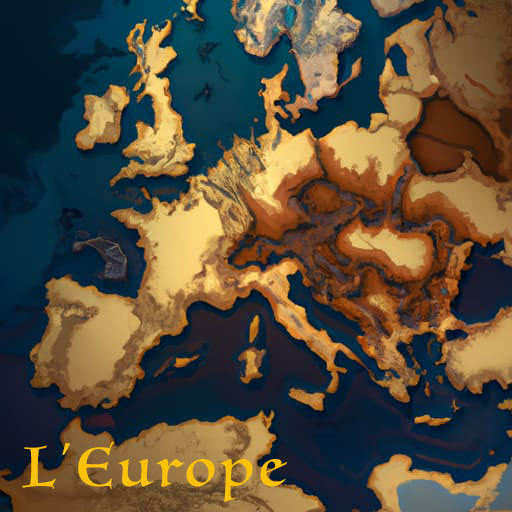 The European region comprises the countries of Europe and the European part of Russia.
The European region comprises the countries of Europe and the European part of Russia.